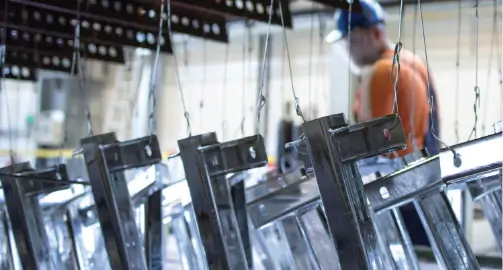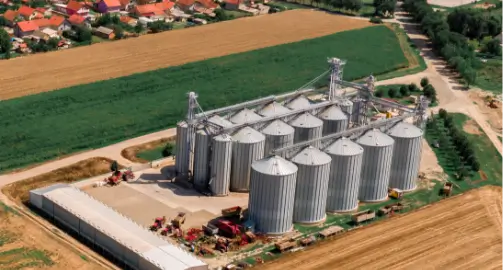Cobalt is a metal widely found in nature with a concentration of 0.0023% in the Earth’s crust. Minerals have a very low cobalt content and cobalt is always associated with other metals. Cobalt is a metal used in the metallurgy, ceramic, chemical, batteries and animal husbandry industries. We’re a leading distributor of cobalt-based salts and oxides offering a complete portfolio of cobalt products that can cover all the industrial sectors and applications. Enquire with Bluestone to purchase cobalt metal products made for your industry.





